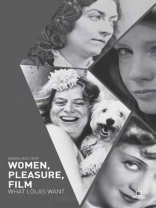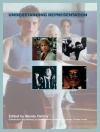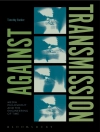The Lola film is a distinct subgenre of the woman’s film in which woman’s claim to pleasure is entertained without recourse to the figure of the femme fatale. Lola embodies a recognizable set of characteristics through which over time a select group of directors, actors, and audiences have responded in ways that do not succumb to the imperatives of gender. There are over thirty-five Lola films, starting with Marlene Dietrich in The Blue Angel: many are German, others are French, American, British, Italian, and Spanish, but her claim has also resonated in Argentina, China, Egypt, Mexico, Thailand, and the Philippines. Lola can be working class, lesbian, transgender, ethnic, suburban, or any combination. This book examines Lola as a specific and enduring aspect of the early twentieth-century ’new woman‘: woman’s forthright claim to pleasure on her own terms, liberated, if only as a cinematic fantasy, from the usual constraints of sex and gender.
Inhaltsverzeichnis
1. Falling in Love Again…and Again and Again 2. The Give and Take of Naming 3. The Lola Revue: The Lola Film as Genre 4. Lola’s Song and Dance 5. Lola Doesn’t Kill and Lola Doesn’t Die 6. Cameras and Clowns 7. Lola’s Legs 8. Domesticating Lola 9. Lola’s Bedroom and the Staircase to Paradise 10. Portraits of Lola 11. Lola and Motherhood 12. Lola, Race, and Ethnicity 13. Carousels and Carnivals 14. Lola’s Menagerie 15. The Colors of Lola 16. It’s Lola’s Time
Über den Autor
Simon Richter is Professor in the Department of Germanic Languages and Literatures at the University of Pennsylvania, USA.












